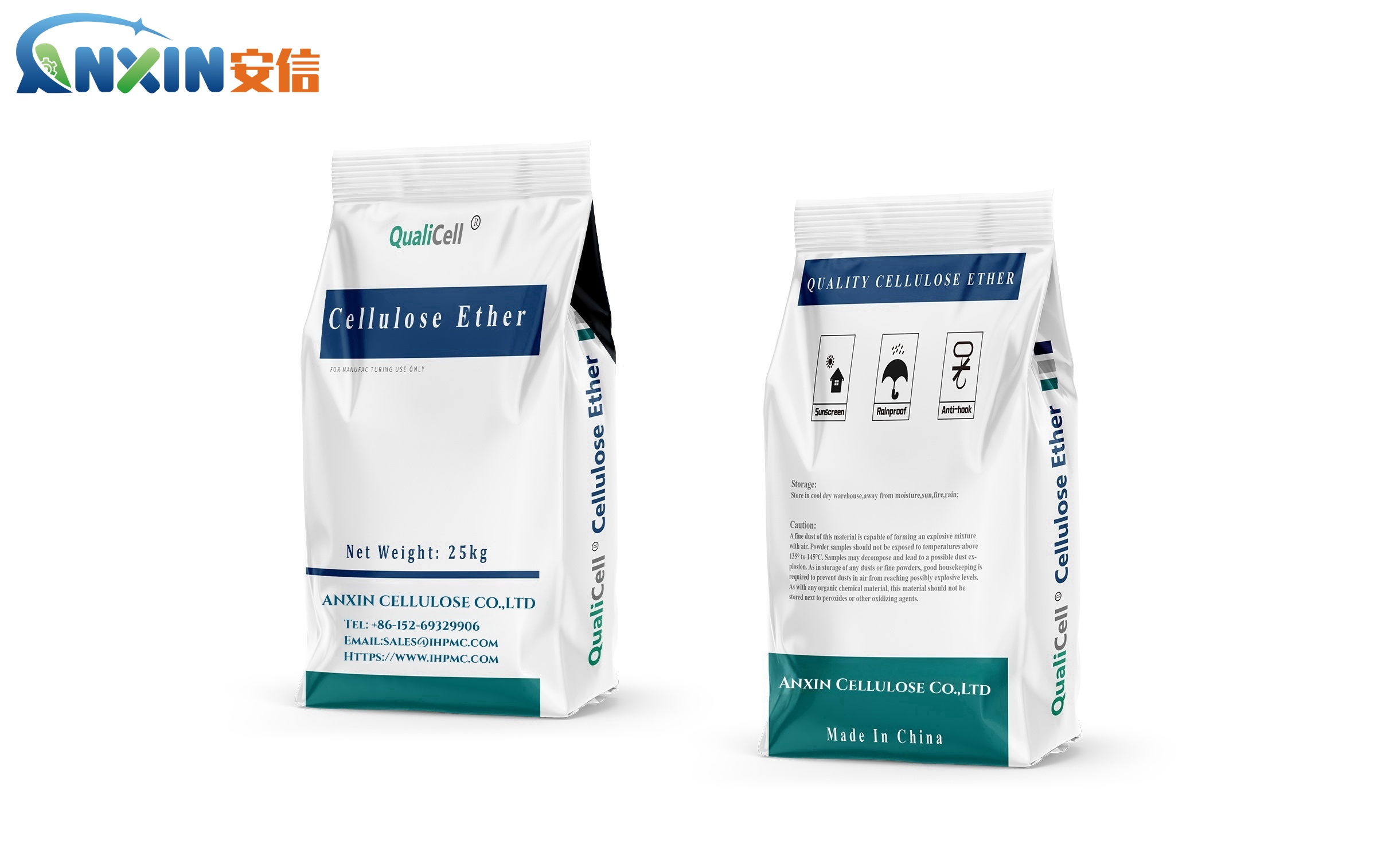The Integral Role of Hydroxyethyl Methylcellulose in Exterior Wall Insulation and Finishing Systems
Introduction:
Exterior wall insulation and finishing systems (EIFS) have become increasingly popular in modern construction due to their energy efficiency, aesthetic appeal, and durability. One crucial component of EIFS that contributes to its effectiveness is hydroxyethyl methylcellulose (HEMC). HEMC, a versatile cellulose ether derivative, plays multiple essential roles in EIFS, including improving workability, enhancing adhesion, controlling water retention, and ensuring long-term performance.
Enhancing Workability:
HEMC is widely utilized in EIFS formulations as a rheology modifier to enhance workability during application. Its unique thickening and water retention properties help achieve the desired consistency of EIFS coatings, enabling smooth and uniform application onto various substrates. By controlling viscosity and preventing sagging or dripping, HEMC ensures that EIFS materials adhere effectively to vertical surfaces, facilitating efficient installation and reducing material waste.
Improving Adhesion:
The adhesion of EIFS materials to substrates is critical for the system’s long-term performance and durability. HEMC functions as a crucial binder and adhesive promoter, facilitating strong interfacial bonding between the base coat and substrate. Its molecular structure enables HEMC to form a protective film over the substrate surface, enhancing the adhesion of subsequent EIFS layers. This improved bonding capability minimizes the risk of delamination or detachment, even in challenging environmental conditions, thus ensuring the integrity and stability of the exterior wall system over time.
Controlling Water Retention:
Water management is essential in EIFS to prevent moisture infiltration, which can lead to structural damage, mold growth, and reduced thermal efficiency. HEMC acts as a water retention agent, regulating the hydration and curing process of EIFS materials. By controlling the evaporation rate of water from the coating surface, HEMC extends the open time of EIFS formulations, allowing sufficient time for application and ensuring proper curing. Additionally, HEMC helps mitigate the effects of temperature and humidity fluctuations during the curing process, resulting in consistent performance and enhanced resistance to moisture ingress.
Ensuring Long-Term Performance:
The durability and longevity of EIFS depend on the effectiveness of its components in withstanding environmental stressors, such as temperature variations, UV exposure, and mechanical impacts. HEMC contributes to the overall resilience of EIFS by improving its weatherability and resistance to degradation. Its film-forming properties create a protective barrier that shields the underlying substrate and insulation from moisture, pollutants, and other external factors. This protective barrier enhances the system’s resistance to cracking, fading, and deterioration, thus extending its service life and reducing maintenance requirements.
Hydroxyethyl methylcellulose plays a multifaceted role in exterior wall insulation and finishing systems, contributing significantly to their performance, durability, and sustainability. As a key additive in EIFS formulations, HEMC enhances workability, promotes adhesion, regulates water retention, and ensures long-term performance under various environmental conditions. By incorporating HEMC into EIFS designs, architects, contractors, and building owners can achieve superior quality, energy efficiency, and aesthetic appeal in exterior wall systems. Moreover, the use of HEMC supports the advancement of sustainable construction practices by optimizing material utilization, minimizing waste, and enhancing the resilience of built environments against the challenges of climate change.
Post time: Apr-16-2024
